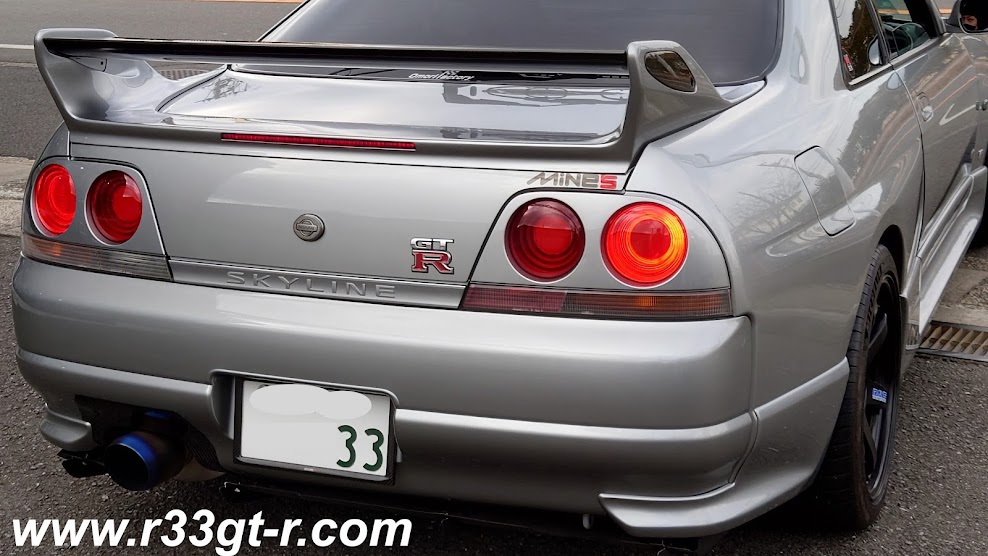Friends,
on this last day of 2012, I am looking back and thinking about many things that
I experienced this year. But mostly, how
precious life is, how limited our time on this Earth is, and how important it
is not to waste, or at least try not waste, a single moment of that time. I hope we all can take a few minutes to
reflect a bit on what 2012 meant to us, and how we hope 2013 will turn out to
be.
With
respect to this blog, I am always thrilled when people write to me with their
comments – both good, bad, and constructive – or refer to this blog on internet
forums and such - so thank you. To get feedback when all I'm really doing is documenting my adventures with my car, is amazing. So thank you everyone who has spent time and energy
reading this blog, and especially those who took even more time to leave
comments. I do have in mind some more
interesting projects for 2013 and beyond, so please continue to visit here on occasion.
Anyway…
I hadn’t planned on being philosophical and this IS a car blog, so let me get
back to business.
As I
stated in my last post, I had taken my car to RAPT for some year end tweaks.
Not only did Kabe-san finish early (I picked up the car Saturday, the only day
recently it hasn’t rained!) but I am happy to report the car looks amazing. That write up and the photos I will do in the
new year, so stay tuned. What really
made me happy, however, is that Kabe-san noticed that my car wasn’t starting up
as smoothly as he thought it should. So,
he did a bit of checking, and noticed that my spark plugs looked like this:
.jpg) |
| Now THAT is carbon buildup!!! |
Yes
folks, I will admit – I had not changed the plugs since I had the new engine put in at MINE’S, over 5 years and almost 30,000 kms ago! (then again, ONLY
30,000 kms? Huh?)
So what
to do? Some quick research and I found out that NGK was preferred over Denso,
and that there were mixed reviews on iridium vs. platinum. And at this time of year, all the shops are
closed, and ordering on the internet wasn’t going to get me new plugs anytime
soon. Oh, and naturally, I also looked
at the Nismo website to see what they had, and yes they had Nismo branded NGKplugs… of course with the usual 200+% Nismo mark-up… ouch.
Luckily for me, Kabe-san has a few contacts at Trust/Greddy,
and guess what. They ALSO carry NGK spark plugs – and without the huge markup
(supposedly because Trust ordered a huge batch before there was a sharp
increase in platinum prices…) So anyway,
these are what I now have in my car – their top of the line racing plugs, in #8
heat range:
 |
| Of course I paid much less than retail, too! |
The difference is very noticeable, the engine starts up easier, and actually
sounds different (feels a bit smoother too).
So I’m pretty happy with the result.
As an
aside, long time readers may remember these:
 |
| Thin copper washers in various thicknesses |
The
theory here is called “indexing” spark plugs – that is, using the washers to
make sure that when screwed in, the plugs all end up facing the same direction – so the gap in
each spark plug is aligned with the intake side of the cylinder head… the
reason being that the electrode then doesn’t get in the way of preventing maximum
spark/ air-gas interaction and thus the best possible combustion.
But now that I have the Okada Projects Plasma Directs installed, I don’t
think it matters that much anymore, so I probably won’t re-visit this mod.
So
anyway, just a reminder to everyone out
there doing beginning of the year maintenance – don’t forget the obvious!
Be safe, and I'll see
everyone in 2013!

.jpg)



.jpg)














































